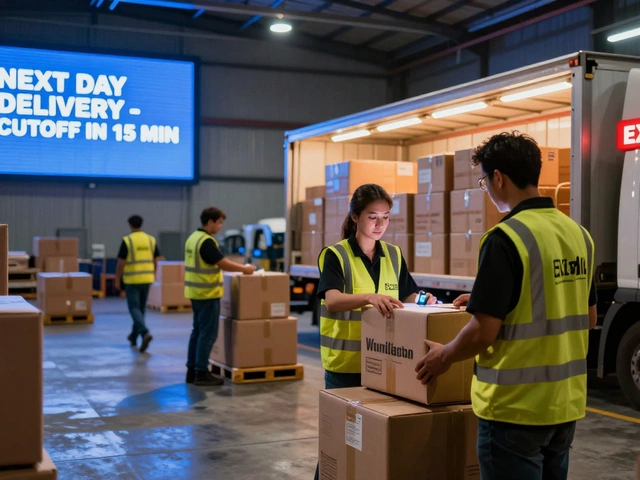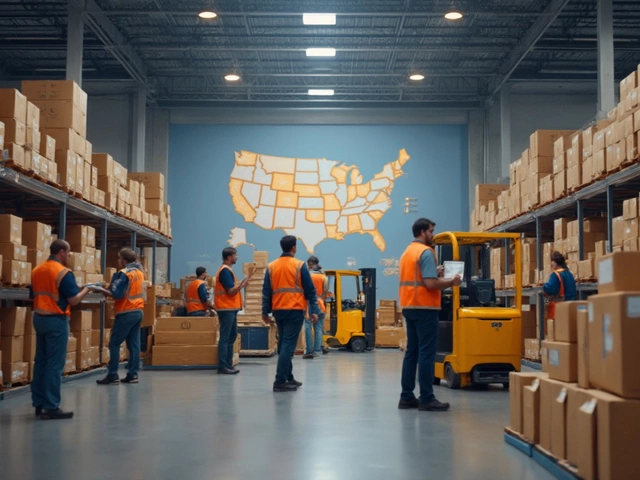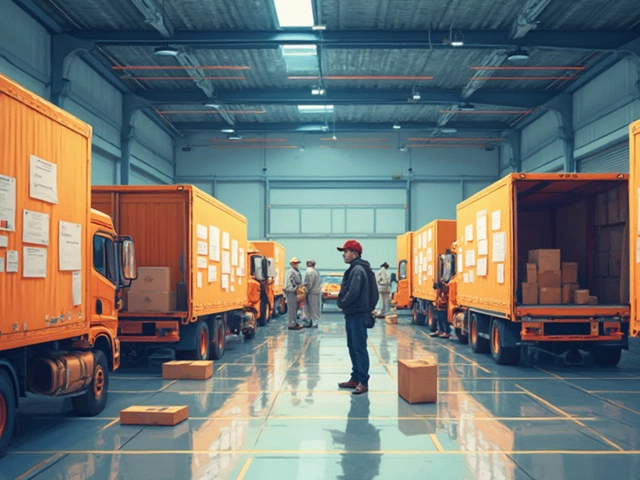Gig Economy and Logistics: What You Need to Know
If you’ve ever ordered food, a package, or a ride, you’ve already touched the gig economy. Today, gig workers power a huge chunk of deliveries across the UK. They’re not full‑time employees; they pick jobs when they want, using apps that match them to nearby tasks. This flexibility is great for many, but it also brings unique challenges for both the workers and the companies that rely on them.
Why the Gig Economy Matters for Logistics
Traditional logistics used fleets of company‑owned trucks and drivers on fixed routes. Gig platforms flip that model upside down. Instead of owning every van, a company can tap a pool of independent drivers who already own their vehicles. This cuts overhead, lets firms scale up quickly during peak seasons, and offers customers faster, more localized delivery options.
From a worker’s side, the gig model means you can decide how many hours you work and which jobs you take. You could deliver parcels for a big retailer in the morning and then switch to food deliveries in the afternoon. The ability to earn extra cash on your own schedule is a huge draw, especially for people looking for side income or those unable to commit to a 9‑to‑5 job.
Tips for Success as a Gig Delivery Driver
Being a gig driver isn’t just about hopping in a van and heading out. You need a few habits to stay profitable and safe. First, keep your vehicle in good shape – regular oil changes and tyre checks prevent breakdowns that cost you time and money. Second, use multiple apps. Relying on just one platform can leave you idle when its demand dips. Apps that focus on parcels, food, and even furniture can fill the gaps.
Third, plan your routes wisely. A quick glance at traffic apps before you start can save you minutes and fuel. Finally, track your earnings and expenses. Many drivers forget to deduct fuel, insurance, and vehicle wear‑and‑tear, which can make a big difference when you calculate your real profit.
The gig economy also forces companies to think about driver support. Some platforms now offer insurance add‑ons, fuel discounts, and even basic training videos. If you’re just starting, look for a platform that gives clear information about payment terms, minimum payouts, and any fees they take.
Overall, the gig economy is reshaping how goods move across the country. It gives drivers flexibility and companies a cost‑effective way to meet demand. By staying organized, maintaining your vehicle, and using the right tools, you can turn gig delivery into a steady, rewarding income stream.
June 17, 2025
Evelyn Wescott
0 Comments
Uber is known for rides, but is it a true logistics company? This article breaks down how Uber fits into the logistics world, what sets it apart, and how its food and freight services play into the bigger picture. We'll look at Uber's gig-based model, its mix of tech and actual deliveries, and why some experts argue over its role in logistics. Get tips and facts on what makes a company 'logistics-focused' and see if Uber qualifies.
April 20, 2025
Evelyn Wescott
0 Comments
Curious about which delivery gig actually puts the most cash in your pocket? This article cuts through the noise to compare top-paying delivery driver jobs in 2025. You’ll get real numbers, side-by-side breakdowns, and pro tips for boosting your earnings. Find out what makes certain gigs stand out and what you can do to land the highest pay. Whether you’re after flexibility, quick cash, or a high hourly rate, here’s what you need to know before you hit the road.





